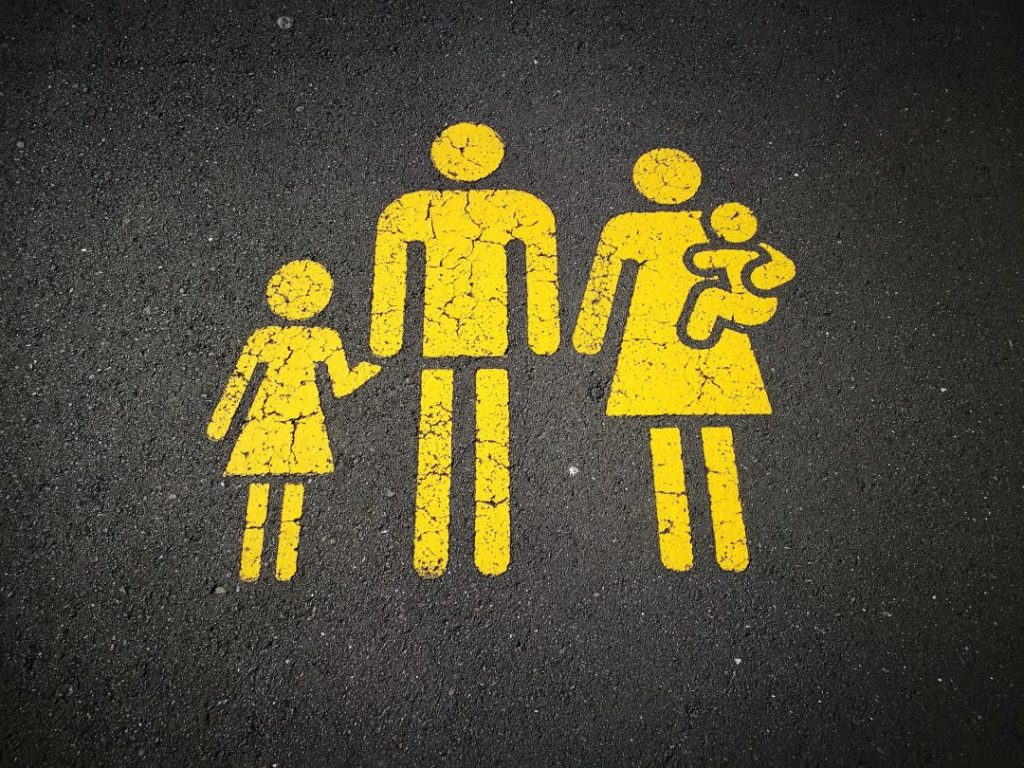Practicing Self Compassion: How IFS Can Help Us Heal
The Beginning
I can recall sitting in my therapist's office and having her tell me to “practice self-compassion". I thought to myself, “yeah sure, I eat healthily and exercise.” But no matter what I did or didn’t do, this was my weekly homework assignment. I was stumped. What was I not getting? What didn’t I see? And what did self-compassion really mean?
It was a couple of years into my healing process before I began to understand what self-compassion really meant. I met a therapist who used “parts work” in their sessions. This type of therapy is known as “Internal Family Systems” (IFS). The theory behind IFS is that we have different parts of ourselves that hold memories, feelings, and ages that play a role in who we are. All of these parts of myself make up my internal family.
Working with Internal Family Systems
Like most families, my internal family had dysfunction, disagreements, and relational issues. I began working with the part of me I called “Critic”. She was the one in charge. She dictated my perfectionistic ways and ensured I appeared good enough in the eyes of everyone else. She kept my younger wounded parts away from the world so that no one would see the shame that overwhelmed me. When I discovered this part, I knew I had met my match and I really didn’t like her. I did not enjoy the way she judged me, pushed me into harmful behavior, and tried to make me appear perfect. With her running the show, there wasn’t room for kindness or acceptance of my true self. In my eyes, she was the main cause of suffering in my adult life. She dragged me to the gym 7 days a week and shamed me if I ate cake. She was mean, critical, and bossy. I wanted her gone, but she was a part of me , no matter how much I disliked her.

My therapist reflected that this part of me was protecting my younger, wounded parts. Protecting? How could that be true? How could my therapist see this part of me as helpful? She kept every other part hidden away. I so badly wanted to connect with the little girl part, but the Critic blocked me out. This is where self-compassion came into the picture.
Compassion and Self Discovery
I had to learn to understand this part of myself and see why the Critic behaved the way she did. It was through this discovery that a sliver of self-acceptance began to unfold. I saw that the Critic was trying to make me good enough since I had always felt less than. When I understood this in my heart, the hatred I felt turned into tears. Week after week, I sobbed in sessions. Not only could I feel that little girl’s pain, but I could also acknowledge how hard my Critic part had been working to support my family and keep me safe. I may have not liked her, but I was able to see why she ran a tight ship. It was this realization that changed something in my body. I began to soften towards her. I saw that we were both fighting to feel good enough. We both wanted the same thing – to feel worthy and loved. I could see the suffering in the Critic and join in her pain and exhaustion. This is when I really understood what self-compassion meant.
For me, self-compassion was not taking myself on a nice walk or eating a healthy meal. It was sitting through the discomfort of being with the parts of myself I did not like. It meant showing up for myself when I really did not want to. It meant holding myself when I was crying and ashamed of being sad. Self-compassion to me is an inside feeling; a softening towards myself. Self-compassion might look different for each of us, but I believe the feeling inside may be universal. For me, self-compassion is when I join with myself in my suffering and am able to say, “even though I don’t like what I am feeling, I can be okay with it and okay with myself.”

We work with most major insurance companies on an in-network basis.
